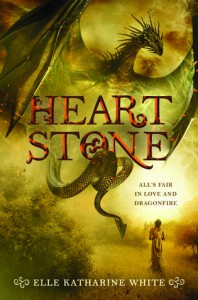Because early novels were written on the edge of things—not precisely respectable, and new enough for wide experimentation—many bucked the often rigid social structures of the times. In the second edition of The Picture of Dorian Gray, which had been subject to much howling by moralists, Oscar Wilde declared, “all art is quite useless.” By which he meant (among other things) that the novel should not be used only as a moral punchline, but should explore the wide variety of the human experience. From Trollope’s intricate family sagas, to the Brontë sisters’ howling family Gothics, to the lurid and/or didactic serials of Conan-Doyle and Dickens, the novels of the era tread a lot of ground.
Maybe that’s why they’re such good fodder to update for a contemporary audience: they managed to hit first, and definitively, a swath of the human experience. No, no one has to worry about the entailed estates of the Regency period, but the social burlesque of Pride & Prejudice, the relationship between the sisters, and the sting of betrayal—all still hold true. (Plus, Darcy: rwrrr.)
Here are 12 sci-fi and fantasy updates of major 19th century novels. I’ve not included works that already have a science fictional or fantasy twist to them, like Dracula, Frankenstein, or The Strange Case of Dr Jekyll and Mr Hyde; they almost need their own roundup. I haveincluded edge cases like the Gothics, because any supernatural element tends to be ambiguous at best. (Quick: are the ghosts real in The Turn of the Screw?) Come let’s see what’s happening on the manse, in space.
I know this is super annoying, but my actual list can be found at B&N SciFi. It was hella fun to write.



